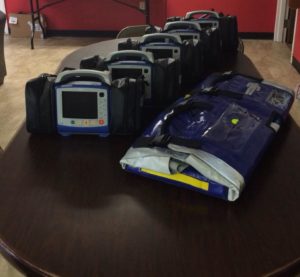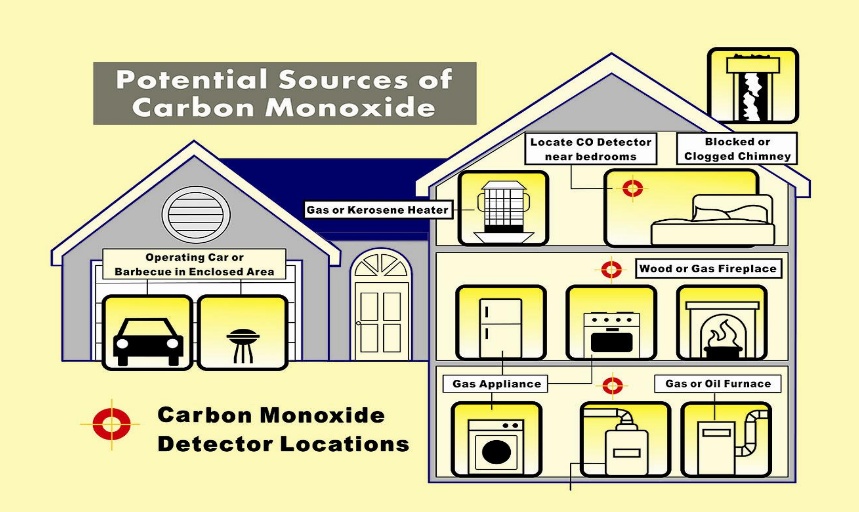
Often called the invisible killer, carbon monoxide is an odorless, colorless gas created when fuels (such as gasoline, wood, coal, natural gas, propane, oil, and methane) burn incompletely. CO gas is poisonous, can make a person feel sick and in high enough concentrations can be deadly. In your home the heating and cooking equipment that burn fuel are all sources that cause dangerous levels of carbon monoxide.
How to prevent CO poisoning:
1. When warming a vehicle, move it out of the garage. Do not run a fueled engine indoors, even if garage doors are open. Make sure the exhaust pipe of a running vehicle is not blocked.
2. Clear snow away. During and after a snowstorm, make sure vents for the dryer, furnace, stove and fireplace are clear of snow build-up.
3. Clear all debris from dryer, furnace, stove, and fireplace vents.
4. Gas or charcoal grills can produce CO. Only use them outside.
5. Have heating equipment and chimneys inspected by a professional every year before cold weather sets in.
6. Open the damper when using a fireplace for adequate ventilation.
7. Never use your oven or stove to heat your home.
Carbon monoxide alarms:
1. CO alarms should be installed outside each sleeping area. Install alarms on every level of the home. It is best to use interconnected alarms. When one sounds, all CO alarms in the home sound.
2. Follow the instructions on the package to properly install the CO alarm.
3. Test CO alarms at least once a month.
4. Replace CO alarms according to the instructions on the package.
5. Know the sounds the CO alarm makes. It will sound if CO is detected. It will make a different sound if the battery is low or if it is time to get a new CO alarm. If the battery is low, replace it.
6. If the CO alarm sounds, you must get fresh air. Move outdoors, by an open window or near an open door. Make sure everyone in the home gets to fresh air. Call the fire department from a fresh air location. GET OUT AND STAY OUT until help arrives.
And as always, “LIKE” us on FACEBOOK and visit our SCVFD EVENTS PAGE
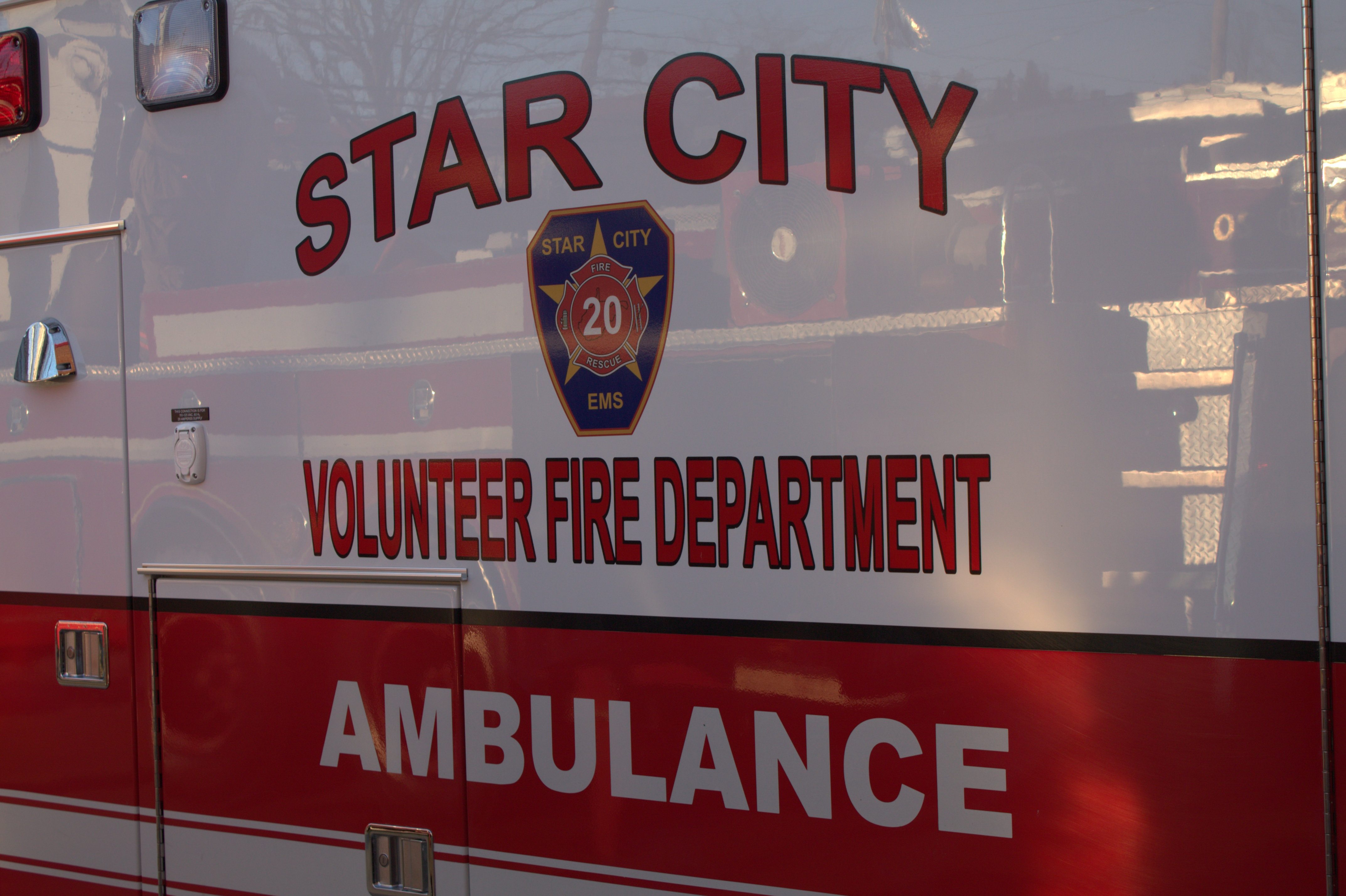 DID YOU KNOW?
DID YOU KNOW?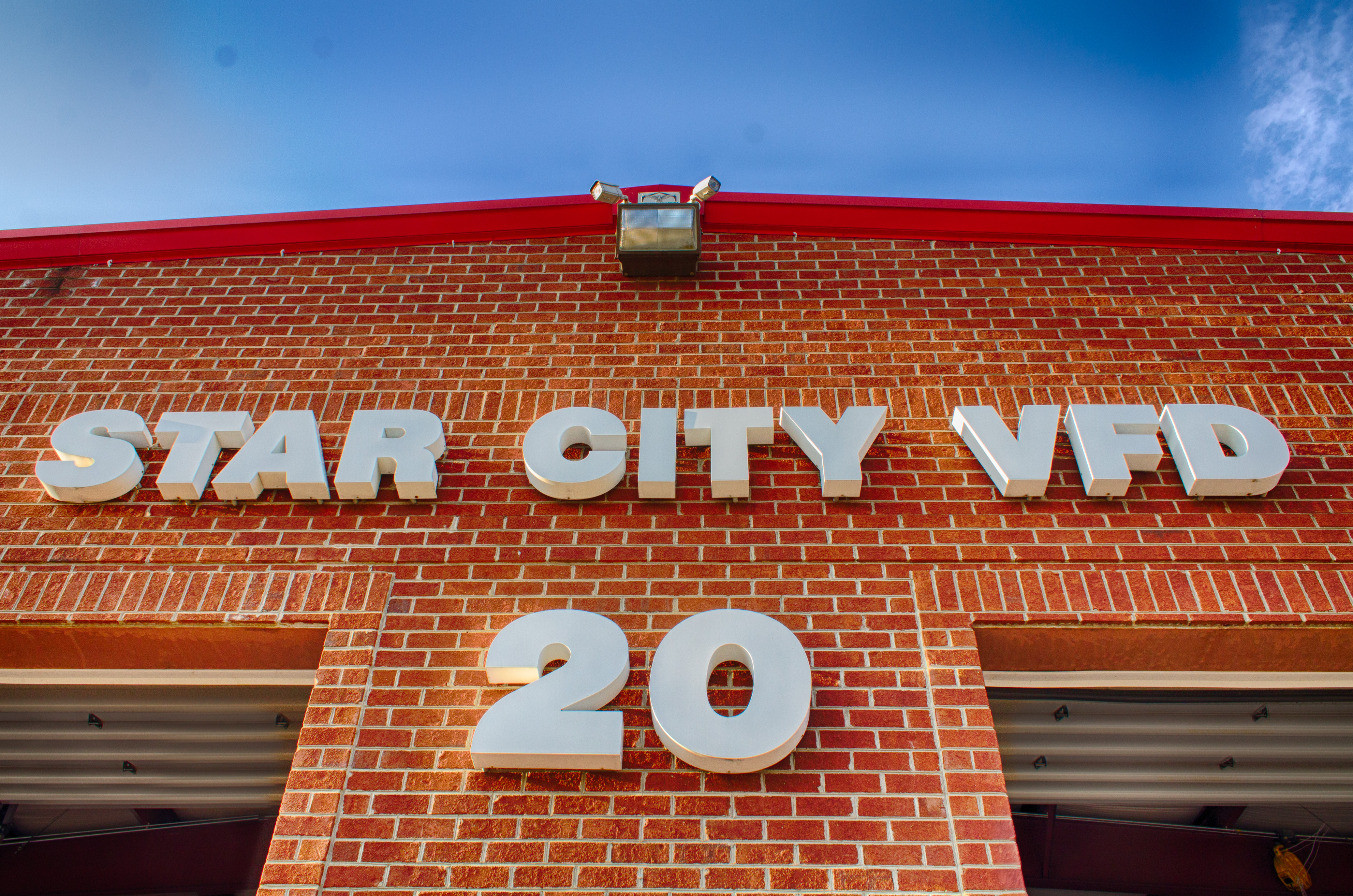
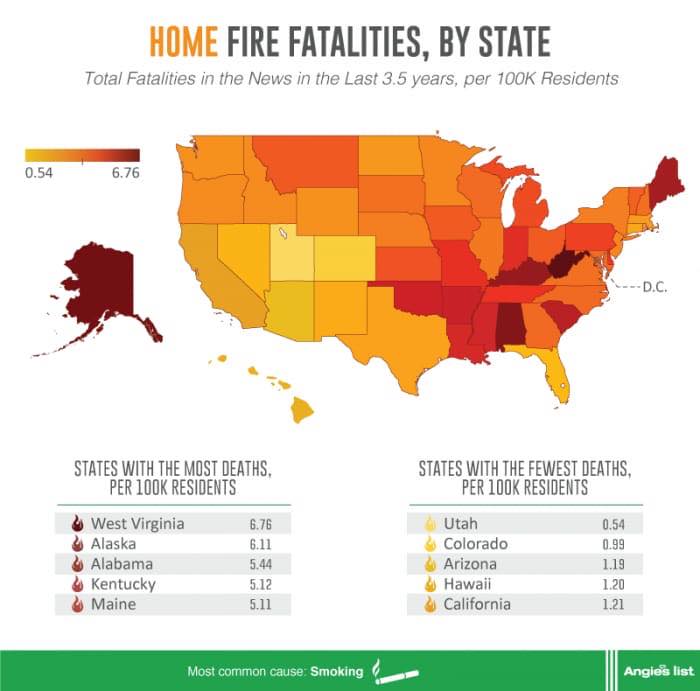
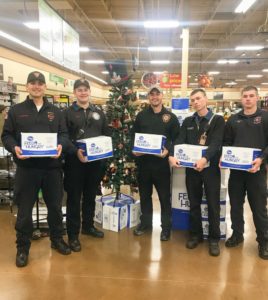 12/5/2017: While shopping at Kroger in the Suncrest Towne Centre, tonight’s duty crew had the opportunity to give back in a different way to our community. Each member of the crew purchased a “Feed the Hungry” box which will give a meal to a local family in need. We encourage all members of our community to think about others everyday, but especially during these holiday seasons to help those in need with their time, money and/or talents. We at Star City VFD and EMS wish you and yours a safe and happy holiday season!
12/5/2017: While shopping at Kroger in the Suncrest Towne Centre, tonight’s duty crew had the opportunity to give back in a different way to our community. Each member of the crew purchased a “Feed the Hungry” box which will give a meal to a local family in need. We encourage all members of our community to think about others everyday, but especially during these holiday seasons to help those in need with their time, money and/or talents. We at Star City VFD and EMS wish you and yours a safe and happy holiday season!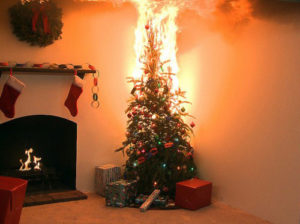

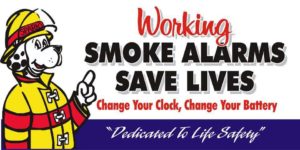 As we ‘fall back’ it’s important to remember that when you “Change your clock, change your batteries”. Working smoke detectors are critical to saving lives in the event of a fire. Take the time to change all batteries in your smoke detectors and test them for proper function.
As we ‘fall back’ it’s important to remember that when you “Change your clock, change your batteries”. Working smoke detectors are critical to saving lives in the event of a fire. Take the time to change all batteries in your smoke detectors and test them for proper function.